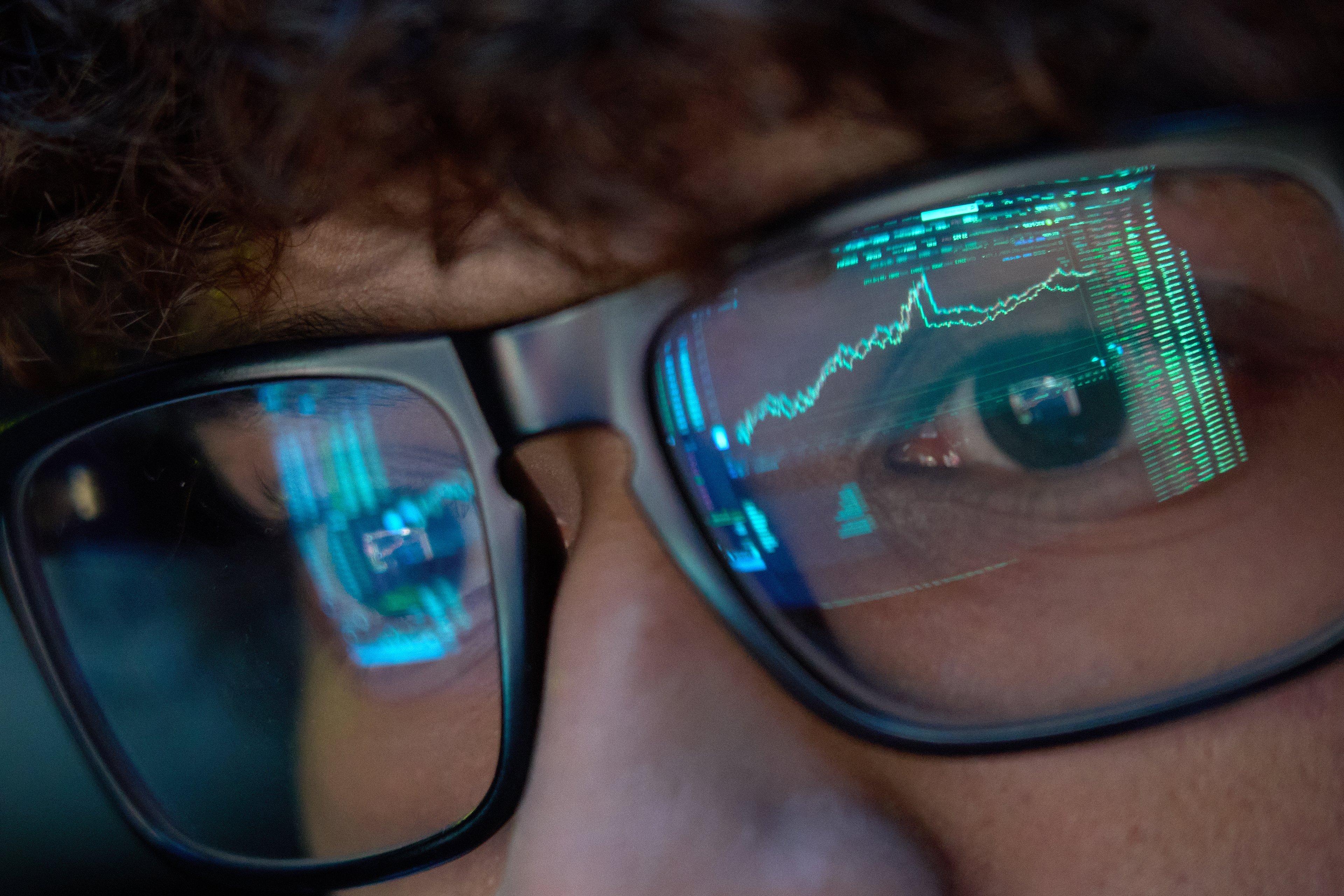The Nasdaq-100 technology index plunged 33% in 2022, only to soar by nearly 54% in 2023. This year, it has already delivered a gain of more than 10%. Those gyrations prove that it's nearly impossible to predict the direction of the market in the short term.
However, if we zoom out to observe the past 10 years, the Nasdaq-100 delivered a gain of 421%, which averages out to 18% compounded annually. In fact, history shows the longer investors remain in the market, the higher the odds they will earn a positive return. It's easy to track the performance of major indexes like the Nasdaq-100 by using exchange-traded funds (ETFs).
But investors with a higher appetite for risk can outperform the broader market if they pick the right individual stocks. Uber Technologies (UBER 0.36%) could be a worthy candidate due to its strong growth and its extraordinary future potential thanks to autonomous vehicles.
Uber stock might even be capable of turning an investment of $200,000 into $1 million over the next decade. But don't be deterred by those large numbers; investors of all means can seize the opportunity to potentially earn a fivefold return.

Image source: Getty Images.
Uber's largest cost: Drivers
Uber operates the world's largest ride-hailing platform, in addition to a dominant food delivery service called Uber Eats and a growing commercial freight network. During the first quarter of 2024 (ended March 31), more than 7 million drivers completed nearly 2.6 billion trips at the request of Uber's 149 million monthly users.
Uber collected $37.7 billion in bookings for those trips during the quarter, of which $16.6 billion was paid to its drivers -- the company's single largest expense. After stripping out other direct costs, including the money paid through to restaurants for their Uber Eats orders, Uber was left with $10.1 billion.
When we move further down the income statement and account for operating costs like research and development and marketing, Uber actually lost $654 million on the bottom line. To the company's credit, it was profitable in 2023, and that trend would have continued if not for a $721 million decline in the value of its investments.
Nevertheless, if Uber could eliminate the $16.6 billion cost of its drivers, it stands to reason both its revenue and its profitability would soar (assuming the price per ride remained the same).
Autonomous vehicles could be a multitrillion-dollar industry
According to Cathie Wood's Ark Investment Management, the proliferation of self-driving vehicles will create an autonomous ride-hailing industry capable of generating $4 trillion in revenue by 2028. That timeline might be ambitious considering only a handful of U.S. states approved self-driving cars in a very limited capacity with strict rules.
Uber CEO Dara Khosrowshahi says it's very difficult to predict when penetration of autonomous vehicles will begin to increase, but he certainly isn't waiting around. For starters, Uber owns a 21% equity stake in Aurora, which acquired Uber's self-driving development division in 2020 and continues to build upon the technology.
Uber also has a multiyear partnership with Motional, which is a joint venture between driverless mobility company Aptiv and Hyundai. Motional has developed a fully autonomous car using Hyundai's Ioniq 5 electric vehicle as a base, which users will eventually be able to hail through Uber's platform.

NYSE: UBER
Key Data Points
Uber has a similar partnership with Waymo, which is the self-driving division of Google parent Alphabet. Users can already hail an autonomous Waymo in Phoenix, Arizona, and the partnership recently expanded to food delivery. Internationally, Uber Eats and Mitsubishi Electric have partnered to create an autonomous food delivery service in Japan.
Uber's actions send a clear message to investors: Autonomous vehicles are very likely to become the future of its business.
Uber stock could soar fivefold within a decade
Khosrowshahi says Uber aims to be a partner to the autonomous vehicle industry, which means it will provide its platform and its enormous network of users, and companies like Motional and Waymo will supply the cars. Tesla is also emerging as one of the leaders in self-driving, and it plans to unveil a fully autonomous robotaxi called the Cybercab in August.
Tesla CEO Elon Musk wants to build a ride-hailing network within Tesla, but he will likely find it more economical if he and his customers lend vehicles to an established platform like Uber instead. Alternatively, assuming a change in strategy, Uber could also buy a fleet of Cybercabs and keep 100% of the revenue earned through its ride-sharing and delivery operations. That's a potential win-win for both companies.
It's too early to know exactly how this will shake out, and we don't know how much it will cost Uber to offer self-driving cars compared to human drivers. However, even if Ark Invest's forecast of $4 trillion in autonomous ride-hailing revenue is generated over the next decade rather than by 2028, Uber could still theoretically capture $1 trillion of that because it has a 25% market share in the existing ride-sharing industry. That would translate to $100 billion in revenue per year (on average).
Assuming Uber's price-to-sales (P/S) ratio remains constant, it will have to grow its revenue by 17.5% every year for the next decade to warrant a fivefold increase in its stock. Wall Street's forecast suggests Uber will generate $43.1 billion in revenue this year, which would represent a 23.9% boost from 2023. It also means the company will have grown its revenue at a compound annual rate of 24.9% over the last five years.
In both cases, Uber is expanding comfortably above the threshold without any noteworthy contribution from self-driving vehicles yet. Simply put, a fivefold return over the next 10 years is well within the realm of possibility for Uber stock, and there could even be further upside to that outcome thanks to autonomous technologies.





